A detailed description of how to clean Xiaomi robot vacuum cleaner properly - cleaning steps, nuances, consumables
 Any vacuum cleaner requires periodic cleaning to release the container from accumulated debris, to replace the water in the tank.
Any vacuum cleaner requires periodic cleaning to release the container from accumulated debris, to replace the water in the tank.
The same applies to robot vacuum cleaners. Along with this, consumables (brushes, sponges) are replaced.
And how often do you need to do the cleaning? And how is it done correctly? What nuances should be paid attention to based on the functionality of the robot vacuum cleaner?
Contents
Why regular cleaning is a must
In addition to the need to free up the collection bin, maintenance is performed for:
- Replacing consumables. And these are filters, brushes, sponges for wet cleaning. They all have a certain service life. The frequency of replacement is necessarily indicated in the technical manual with which the device is supplied.
- Sensor cleaning. Robot vacuum cleaner for positioning in space uses a set of optical, laser, ultrasonic sensors. And over time, they are bound to get dirty, as the device works with debris and dust. And if the sensors are not wiped down in time, the robot will collide with obstacles, the interactive map and virtual walls function will stop working properly. There is also a risk of the vacuum cleaner tipping over or falling from a high threshold, stairs. This can lead to irreparable damage to the robot.
- Brush cleaning. Over time, debris winds up on them, which is not cleaned by the air flow. Therefore, in the package with robotic vacuum cleaners from Xiaomi there is also a tool to cut the winding lint, hair. If this is not done, then the quality of cleaning will deteriorate significantly, and there is a risk of damage to the rotating bearings. Subsequent repair will cost much more than buying new brushes.
 How to clean
How to clean
Conventionally, maintenance can be divided into the following steps:
- Cleaning the container. That is, releasing it from the accumulated debris.
- Filter cleaning. Performed when necessary.
- Brush cleaning. It is about cutting off the coiled lint, hair. Often also "clings" to the brushes adhesive debris (e.g., wrapping with glue residue).
- Cleaning the axles and the wheels themselves.
- Cleaning the nozzle, fluid container (on models that support the "wet cleaning" function).
- Clean sensors.
 Clean fluid container.
Clean fluid container.
Performed as needed or when the built-in sensor is triggered. The procedure is as follows:
- Open the top cover.
- Slide the slots that hold the container. It is obligatory to do it simultaneously to avoid warping of the container.
- Remove the container itself by pulling it up.
- Unlock the side removable latch. It is necessary to carry out it above a container for garbage, as a part of dust will surely fall out.
- Right behind the latch there is a sponge filter. It should be carefully removed and shaken off the dust.
- Shake out the container. To do this, you also need to use a special brush (most robot vacuum cleaners come with it).
- Put the filter in place, align it. Make sure that there are no gaps between the hole slot and the container itself.
- Put the container back into the robot vacuum cleaner "until you click".
- Close the lid.
 Cleaning the filter
Cleaning the filter
This procedure is usually performed every time the container is emptied of dust. You just shake out the filter and put it back in. Approximately 1 - 2 times a month it is washed (if it is provided by the manufacturer, it is necessary to specify in the instruction manual).
This is done only with water, without the use of detergents, washing powder or soap (they clog the pores of the sponge filter, its efficiency and service life is reduced).
 Cleaning the brushes
Cleaning the brushes
Robotic vacuum cleaners use 2 types of brushes for cleaning:
- Side brushes (also sometimes called "ray brushes"). They are serviced as needed.
- Turbo brushes (or "main brush"). Located at the bottom, rotates during operation. It is on her most often and winds up the lint, hair.
To clean the brushes it is recommended to use a special tool-hook (supplied). With its help you can easily cut the coiled debris. As the brushes wear out - they are replaced. As a rule, this is done every 6 - 12 months.
Turbo brushes are serviced in the same way. But there are a few nuances:
- They can be removed to do the job more conveniently. To do this, you need to turn off the vacuum cleaner, turn it over, slide the protective cover, behind which hides the brush. Push the latch and pull the brush to the side. Then carefully remove the bearing (in most models, it is located only on one side).
- The bearing is cleaned with the complete brush. There is no need to lubricate it, as it comes in a sealed housing, which prevents dust and debris from entering. When it is worn out, simply install a new turbo brush (supplied with the bearing).
 Cleaning axles, wheels
Cleaning axles, wheels
The wheels in robot vacuums are attached to a rotating axle. And it also periodically winds hair, lint, and dust.
Cleaning is performed as follows:
- Turn off the robot vacuum cleaner, turn it upside down.
- Carefully take the wheel and pull it up. In some models it must first be pushed slightly to the side.
- Use a soft brush to clean the axles, the wheel itself of lint and debris.
- Reassemble the wheel in reverse order.
- Repeat the procedure with each wheel.
The guide wheels (not all models have them), which don't have their own axle, are simply cleaned with a brush. Can I wash the wheels? Only if it is explicitly stated in the instructions.
 Cleaning the nozzle, fluid container
Cleaning the nozzle, fluid container
The container is serviced as needed. To do this you also need to turn off the vacuum cleaner, unscrew the top lid, slide the latches, and pull out the container. Next, unscrew the slide gate and drain the remaining water, pour in new water.
There is no need to service the nozzle. But, as practice shows, it periodically clogs. This is most often caused by the use of dirty water for refilling (fractions greater than 1 millimeter can lead to a "plug"). In such cases, it is recommended to contact the service centers.
Also, if the sponge is not wetted during cleaning, it may indicate a clogging of the rubber seal, which is located between the tank itself and the groove in which it is installed. There is a small slit where it connects to the nozzle. It is necessary to check whether there is no dirt, if there is any - remove it.
The container can be washed.
 Cleaning the sensors
Cleaning the sensors
How many of them there are and where they are located is indicated in the technical manual. In most cases - on the side edge.
To clean the sensors, it is enough to thoroughly wipe the housing with a dry soft cloth or sponge. Cleaning is performed as needed.
 Taking care of the recharging station
Taking care of the recharging station
Clean the recharging station only with a dry sponge. Be sure to disconnect the docking station from the mains beforehand. The contact pad is also wiped with a dry cloth. It is recommended to do this every 2 weeks.
 When consumables need to be replaced
When consumables need to be replaced
By "consumables" for robot vacuum cleaners should be understood the filters and the brushes themselves.
Filter
Replace every 3 to 6 months if the robot vacuum cleaner is used regularly (about 2 times a week to clean the room).
Brushes
Replace every 12 to 15 months as needed. Monitor the condition of the brushes themselves, as well as the quality of the robot's cleaning in the room.
To summarize, the timely cleaning of the robot vacuum cleaner is the key to a long and trouble-free life. The most important thing is to follow the manufacturer's recommendations. Maximum information can be found in the technical manual itself (as well as on the manufacturer's official website).
Useful video
In this video you will learn how to clean a robot vacuum cleaner Hiaomi:



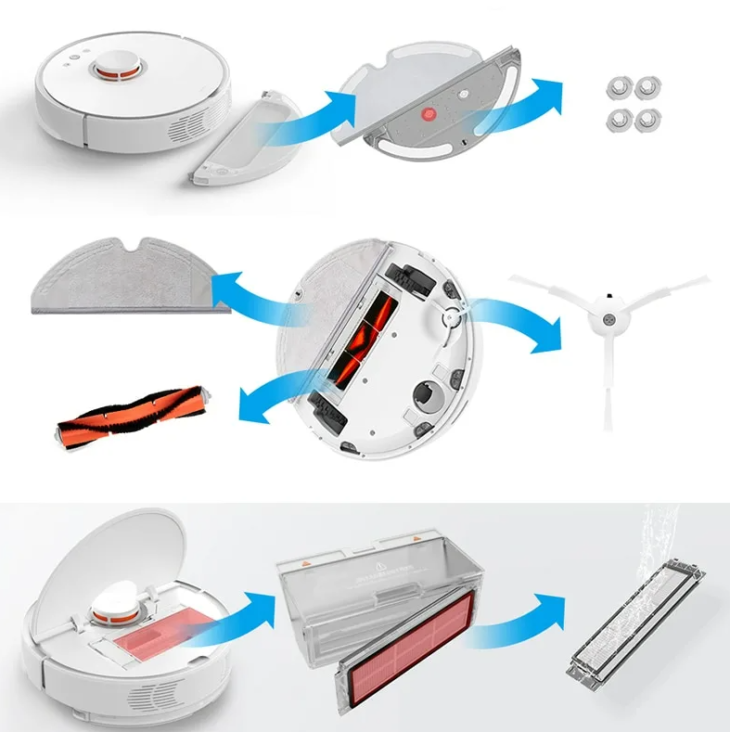 How to clean
How to clean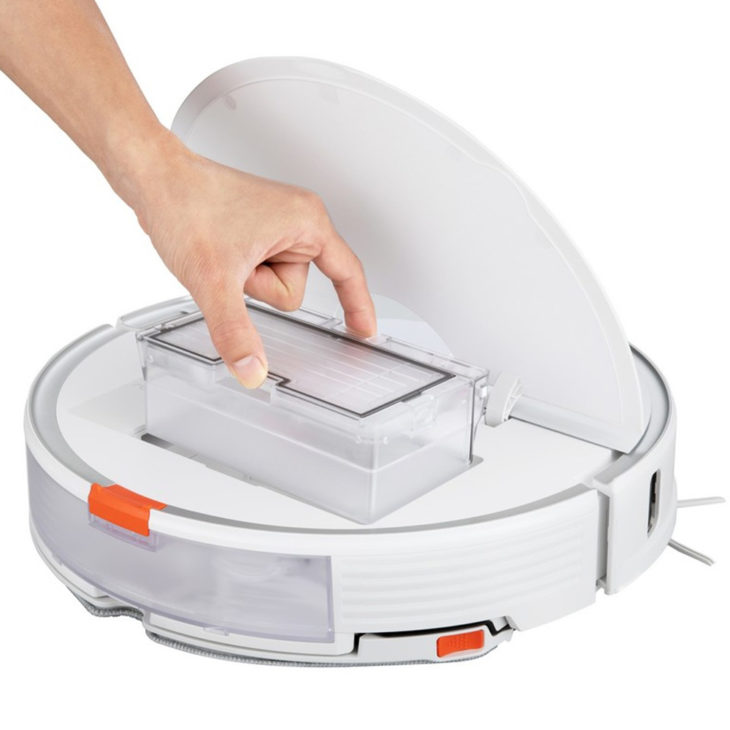 Clean fluid container.
Clean fluid container.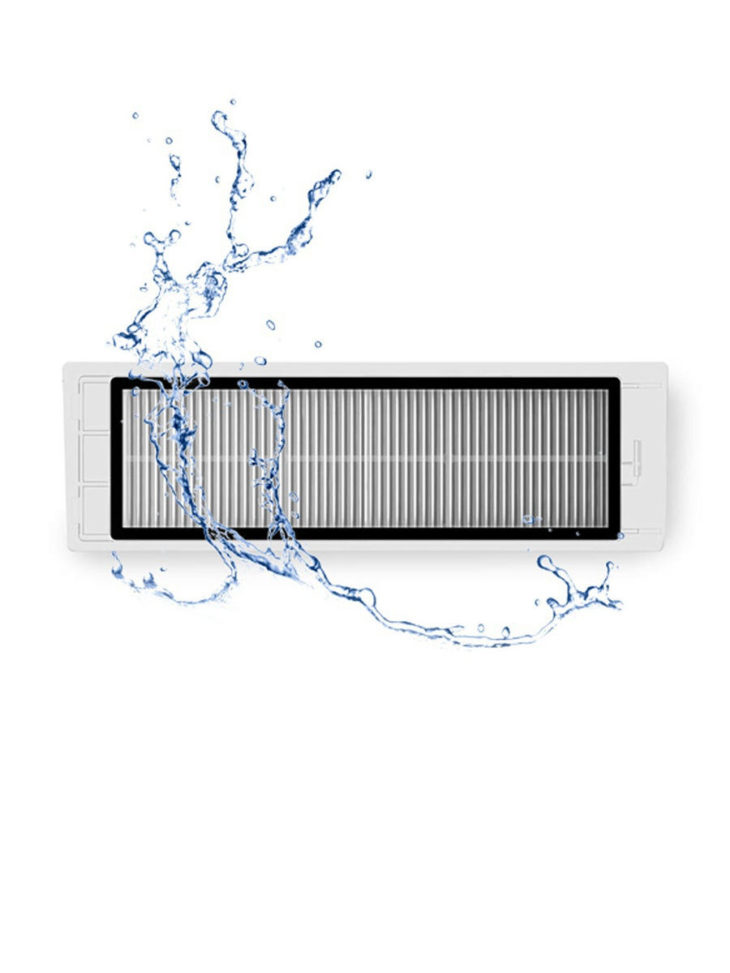 Cleaning the filter
Cleaning the filter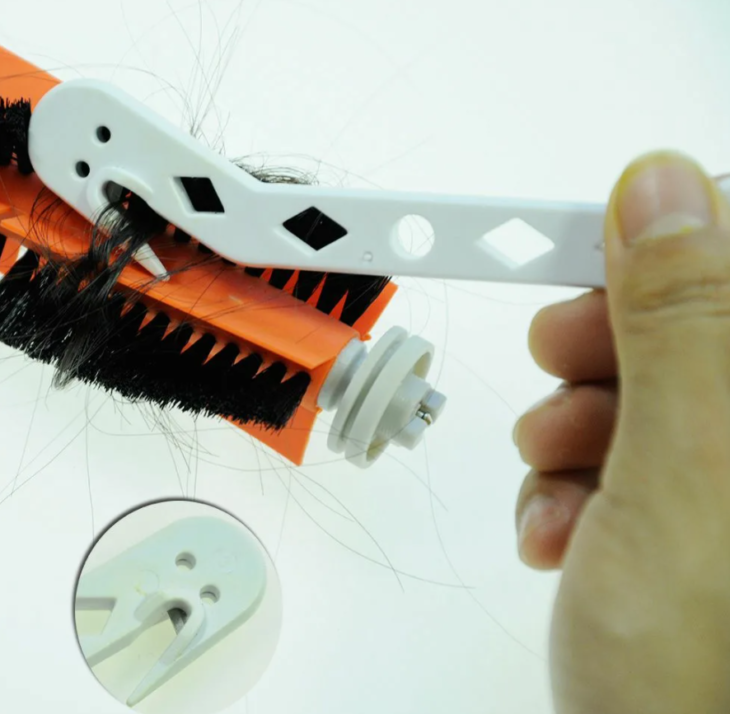 Cleaning the brushes
Cleaning the brushes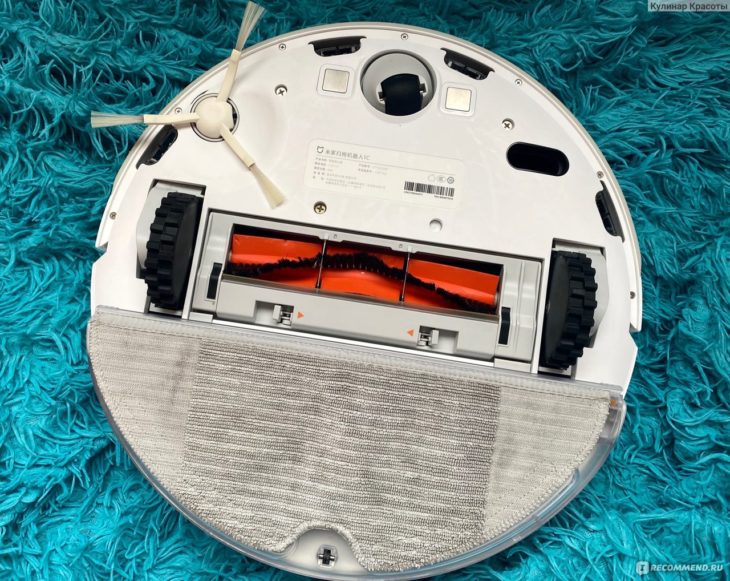 Cleaning axles, wheels
Cleaning axles, wheels Cleaning the nozzle, fluid container
Cleaning the nozzle, fluid container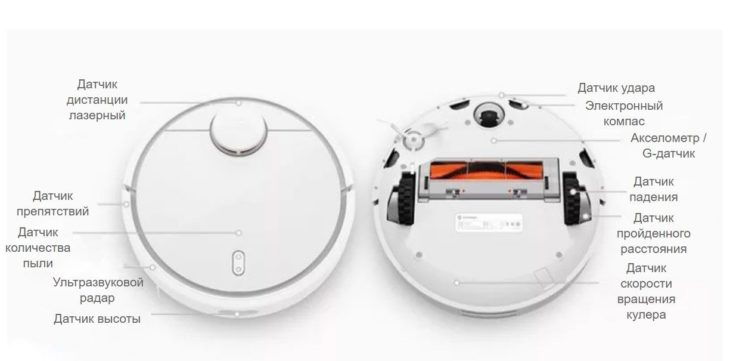 Cleaning the sensors
Cleaning the sensors Taking care of the recharging station
Taking care of the recharging station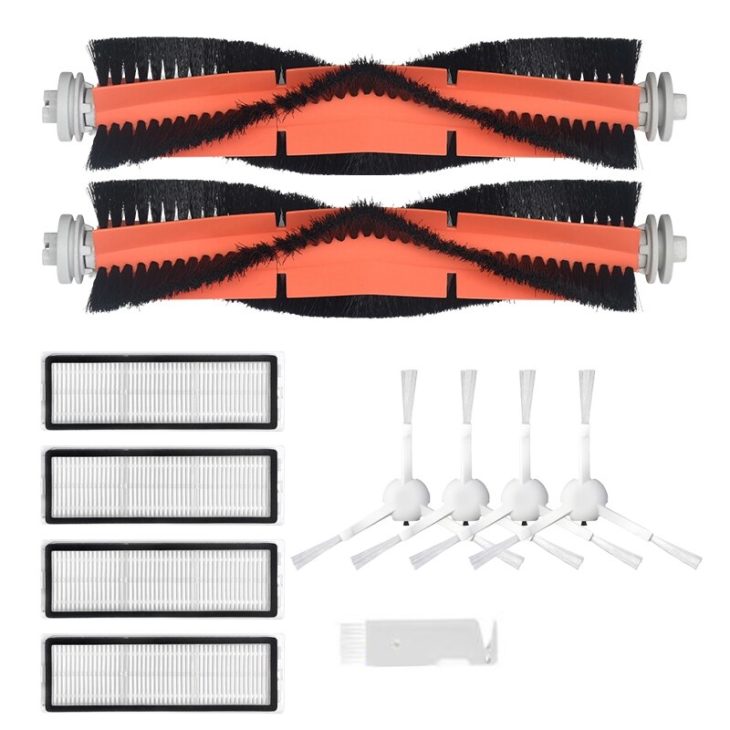 When consumables need to be replaced
When consumables need to be replaced